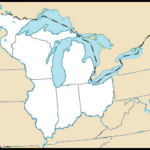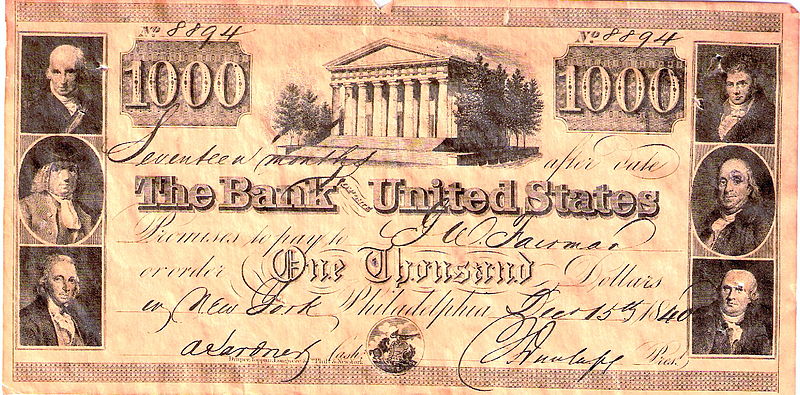The encomienda system was a labor system instituted by the Spanish crown in the American colonies. In this system, a Spanish encomendero was granted a number of native laborers who would pay tributes to him in exchange for his protection. Encomienda system APUSH questions will require you to know about the system’s structure and legacy.

What is the encomienda system?
In the early 16th century, the Spanish crown set up the encomienda system in the Americas to divide up the American Indian labor force in order to aid the development of their mining ecomony. Under this system a Spanish conquistador, or another prominent male Spaniard (known as an encomendero), was granted the labor of a certain number of Native Americans living in the area. The encomendero provided the laborers protection from warring tribes, and teachings in the Catholic faith. The native laborer paid tributes to the encomendero in the form of gold or other metals, or agricultural products.
The system was intended to be a way to enter into a peaceable and mutually beneficial relationship with the indigenous peoples of America; however, the system quickly devolved into essentially a system of slavery. Native Americans were treated cruelly and forced into hard labor.
The crown attempted to fix the system by passing various laws throughout the century, but the encomenderos refused to comply with these new measures. Eventually, the encomienda system was replaced by the repartimiento system, but it was not abolished until the late 18th century.
Important years to note for the encomienda system:
- 1503: The first encomiendas are granted to Spanish conquistadors in the Americas.
- 1512-13: Spain passes the Laws of Burgos in an attempt to end the abuses of the system.
- 1542: Spain passes the New Law of the Indies, another failed attempt to end the abuse of Native Americans under the encomienda system.
Why is the encomienda system so important?
The encomienda system allowed for a vast accumulation of wealth by the conquistadors and the Spanish crown. They benefited from the discovery of gold and silver in the New World, and the mining of those metals by their laborers. The system resulted in the widespread abuse of indigenous peoples, as well as the theft of their land. Since a person of mixed Native and Spanish ancestry could not be entered into the encomienda system, some of the indigenous started to intermarry with Europeans so as to save their families from a life of forced labor. This practice, along with the forced conversions to Catholicism, resulted in the dilution of tribal identity and culture throughout the Americas.
The encomienda system was also the first racially-based system of slavery in the New World, and can be seen as a precursor to the African slave trade that eventually replaced it.
Who are some historical people related to the encomienda system?
- Nicolas de Ovando: The royal governor who first established the encomienda system on behalf of the crown
- Bartolome de las Casas: A former encomendero and priest who advocated for the rights of Native Americans
What is an example encomienda system APUSH question?
“Also, we order and command that no person or persons shall dare to beat any Indians with sticks, or whip him, or call him ‘dog,’ or address him by any name other than his proper name alone; and if an Indian should deserve to be punished for something he has done, the said person having him in charge shall bring him to the visitor for punishment, on pain that the person who violates this article shall pay, for every time he beats or whips an Indian or Indians, five pesos gold; and if he should call an Indian ‘dog,’ or address him by any name other than his own, he shall pay one gold peso, to be distributed in the manner stated.”
-The Laws of Burgos, 1512-1513 (Source)
The Laws of Burgos was an attempt to reform
A) indentured servitude.
B) the repartimiento system.
C) indigenous slavery.
D) the encomienda system.
Answer:
The correct answer is (D). Spain began the encomienda system in the New World at the beginning of the 16th century. The encomienda system granted a Spanish leader a number of Native American laborers. The Spanish colonists abused the encomienda system, essentially rendering it a system of slave labor. The Spanish crown, against the forced labor of indigenous people, passed the Laws of Burgos in an attempt to reform the system. The attempt failed, as encomenderos ignored the laws and revolted against any attempt to weaken their power of the their laborers.





Leave a Reply